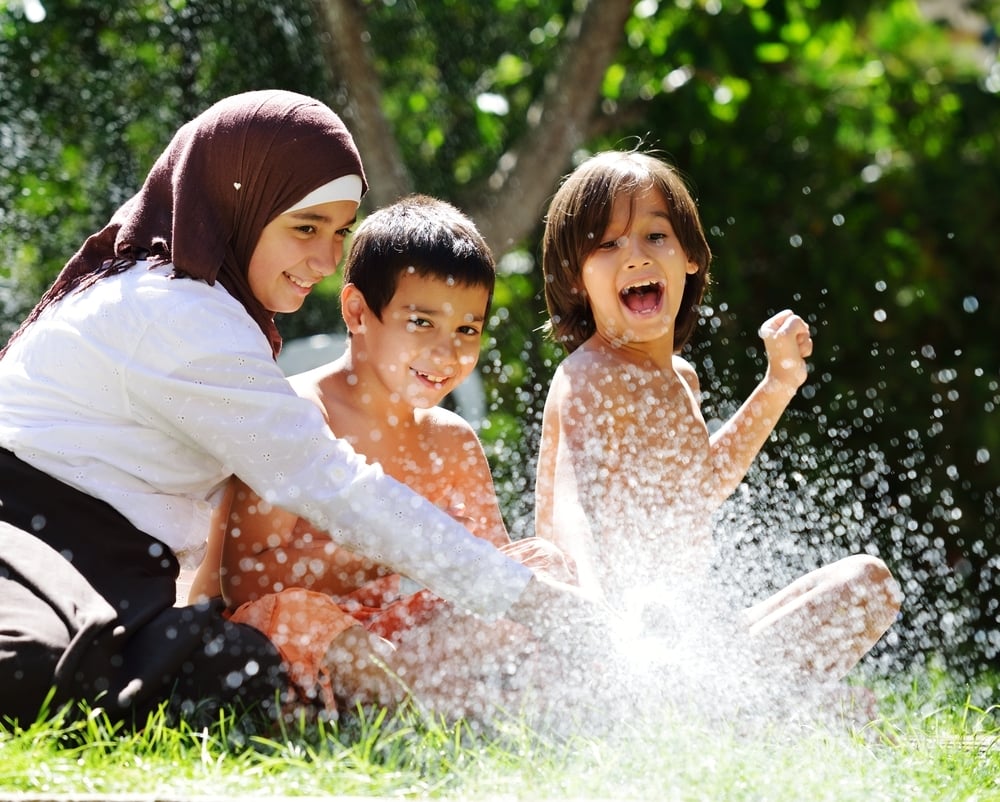
Read the latest from Dr. Housman and the begin to ECSEL® Team.
Subscribe to receive instant notifications about Housman Institute, begin to ECSEL, helpful tools, and our latest blogs.
Housman Institute, LLC
831 Beacon Street, Suite 407
Newton, MA 02459
info@housmaninstitute.org
(508)379-3012
Explore
Our Products
Legal
Connect
Contact
Join our Mailing List!
Subscribe to receive our newsletter, latest blogs, and ECSEL resources.
We respect and value your privacy.